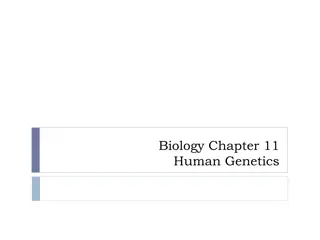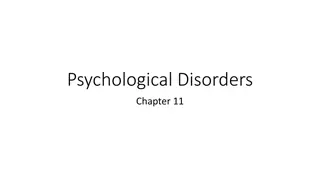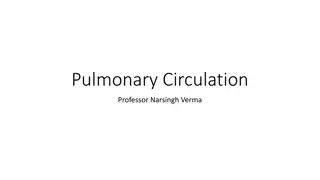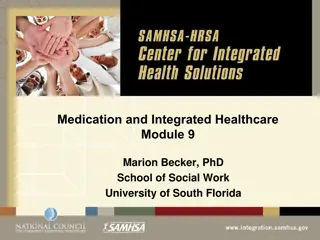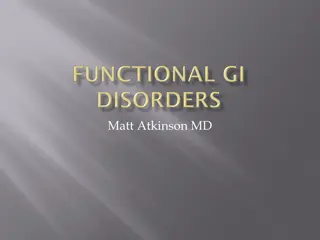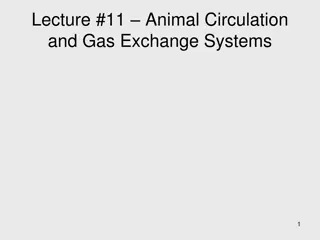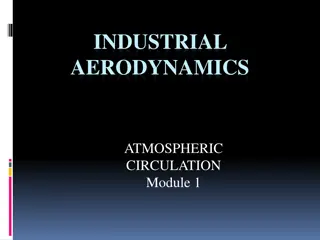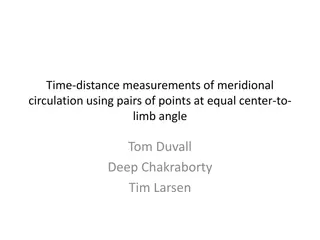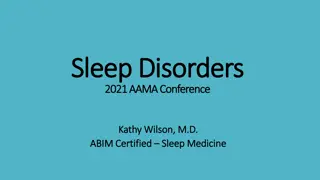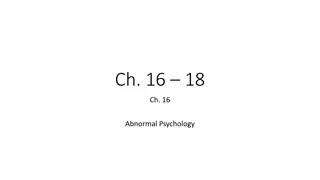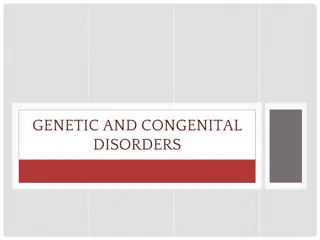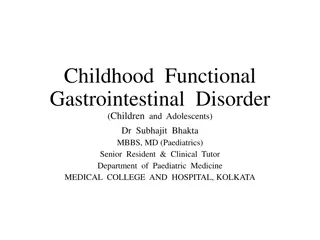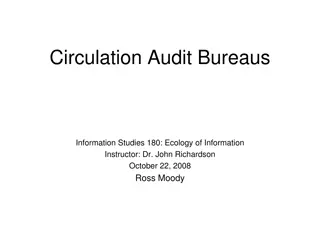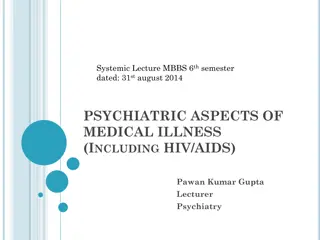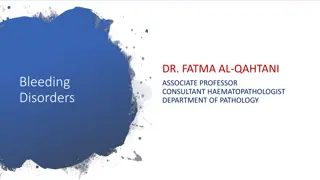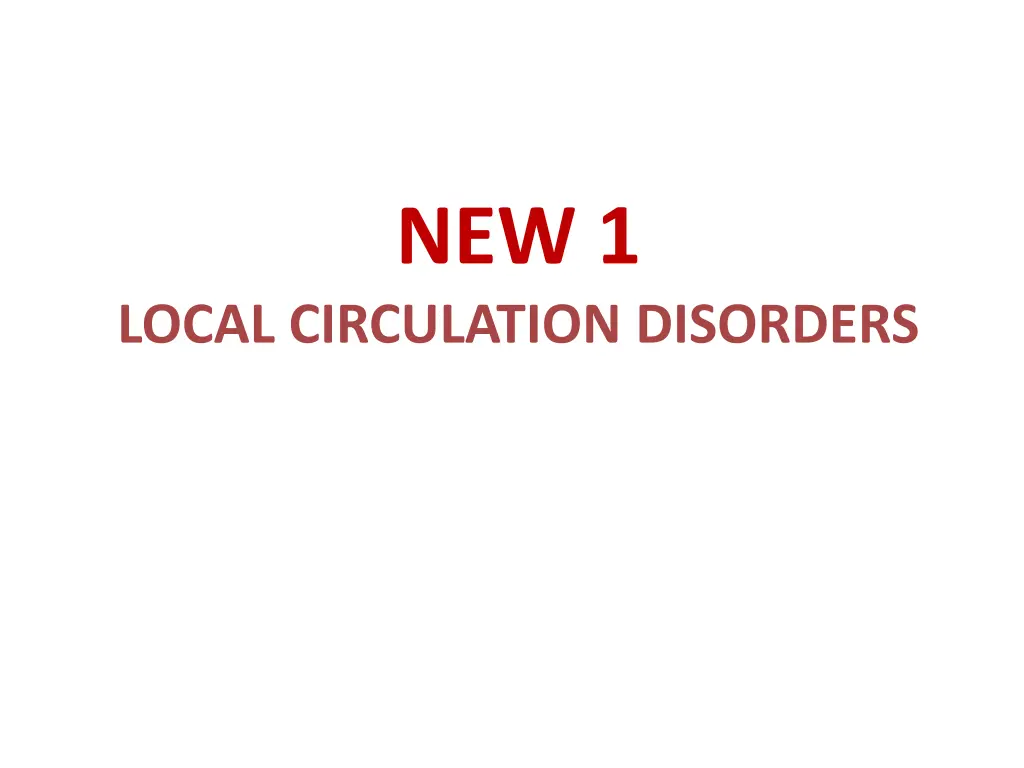
Understanding Thrombosis and Local Circulation Disorders
Explore the complexities of thrombosis, including its predisposing factors, types of thrombi, and characteristics of different thrombus compositions. Learn about the causes and risk factors associated with this condition affecting blood clotting within vessels.
Download Presentation

Please find below an Image/Link to download the presentation.
The content on the website is provided AS IS for your information and personal use only. It may not be sold, licensed, or shared on other websites without obtaining consent from the author. If you encounter any issues during the download, it is possible that the publisher has removed the file from their server.
You are allowed to download the files provided on this website for personal or commercial use, subject to the condition that they are used lawfully. All files are the property of their respective owners.
The content on the website is provided AS IS for your information and personal use only. It may not be sold, licensed, or shared on other websites without obtaining consent from the author.
E N D
Presentation Transcript
NEW 1 LOCAL CIRCULATION DISORDERS
Thrombosis = intravital blood clotting within vessels
Thrombosis Predisposing factors - Virchow triad: endothelial damage THROMBOSIS abnormal blood flow hypercoagulability
Thrombosis - atherosclerosis - inflammation - trauma 1) Endothelial damage
Thrombosis - turbulent - stasis 2) Abnormal blood flow
Thrombosis 3) Hypercoagulability Acquired Genetically determined - bed rest - trauma or surgery - malignancies - artificial valves - mutation f V - ATIII deficiency - High risk - smoking - atrial fibrillation - nephrotic syndrome - hyperestrinism - p.o. contraception Low risk
Thrombosis Types of thrombi: Micro: Gross: - parietal - red - white - mixed - hyaline - obturating
Thrombosis Red thrombus - stagnant (in veins) - composed of = erythrocytes + fibrin H&E
Thrombosis White thrombus - flux (within heart, aorta and arteries) - composed of = platelets + fibrin
Thrombosis White thrombus - flux (within heart, aorta and arteries) - composed of = platelets + fibrin H&E
Thrombosis Mixed thrombus - white thrombus cumulation - within heart, aorta and arteries - alternating Ery and Leu in fibrin network (coral, layered thrombus) - composed of = platelets + fibrin H&E
Thrombosis Hyaline thrombus - only microscopic (capillaries) because of DIC, TTP - composed of = platelets + fibrin H&E
Thrombosis Organization of thrombus: granulation tissue (capillaries, fibroblasts, macrophages) resorption recanalization
Embolism = spread of an object by blood stream to a place where narrowing prevents its further movement - embolus - embolization
Embolism venous embolization arterial embolization brain, spleen kidney, intestines... To lungs paradoxal embolization through foramen ovale
Embolism Types of embolization material: 1) Thromboembolism
Embolism Types of embolization material: 2) Cellular embolia - malignant tumors - amniotic fluid: labor amniotic fluid to veins of birth canal embolization to lungs heart failure or DIC - death
Embolism Types of embolization material: 3) Fat embolism viscosity surface tension fat fractures compression operation lung brain
Embolism Types of embolization material: 4) Air embolism > 100-200 ml air = O2 N = poorly absorbed foam "incompressible blood" bubble = foreign body = embolus DIC
Embolia By type of embolization material: 4) Air embolia from systemic circulation veins jugular veins female genitalia brain drains to lungs from veins of small circulation to brain chest surgery
Embolism Types of embolized material: 4) Air embolism - decompression disease - caisson disease
Ischemia = restriction in blood supply (local anemia)
Ischemia Depending on obstruction speed: gradual vascular atrophy complete fast ischemic necrosis = INFARCT(ION)
Ischemia Infarct(ion) - ischemic necrosis complete necrosis leucocyte rim marginal congestion partial necrosis + retention steatosis
Ischemia Types of infarct(ion): it does matter! completely different therapy, e.g. in CNS 1) White (anemic) - coagulative necrosis without venous reflux 2) Red (hemorrhagic) - significant reflux Development: discoloration


